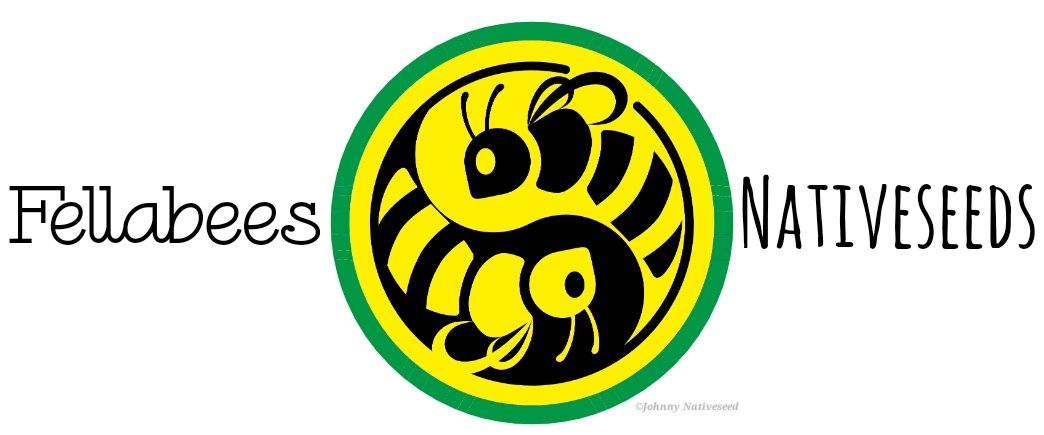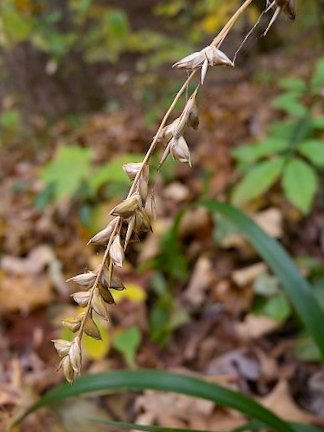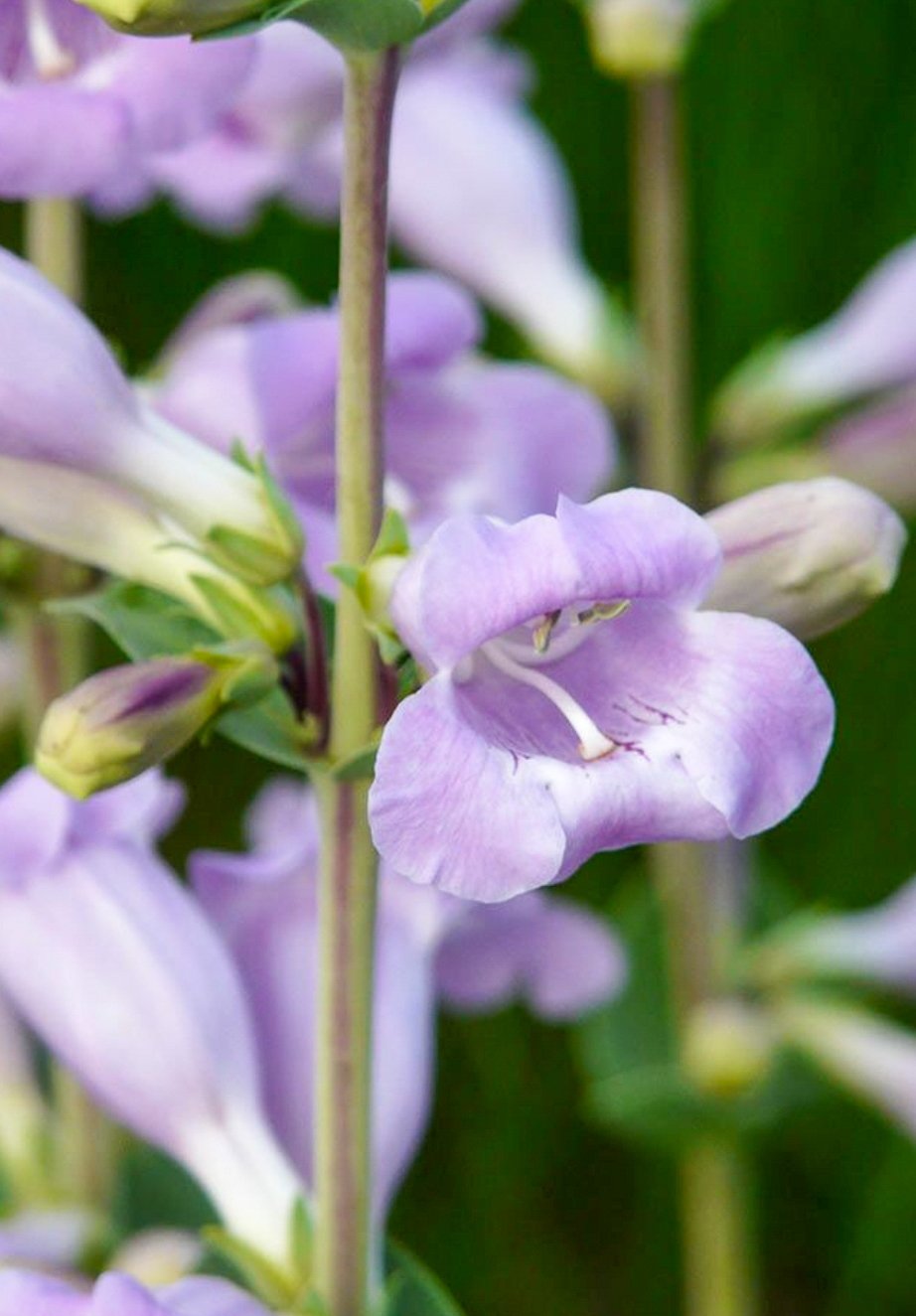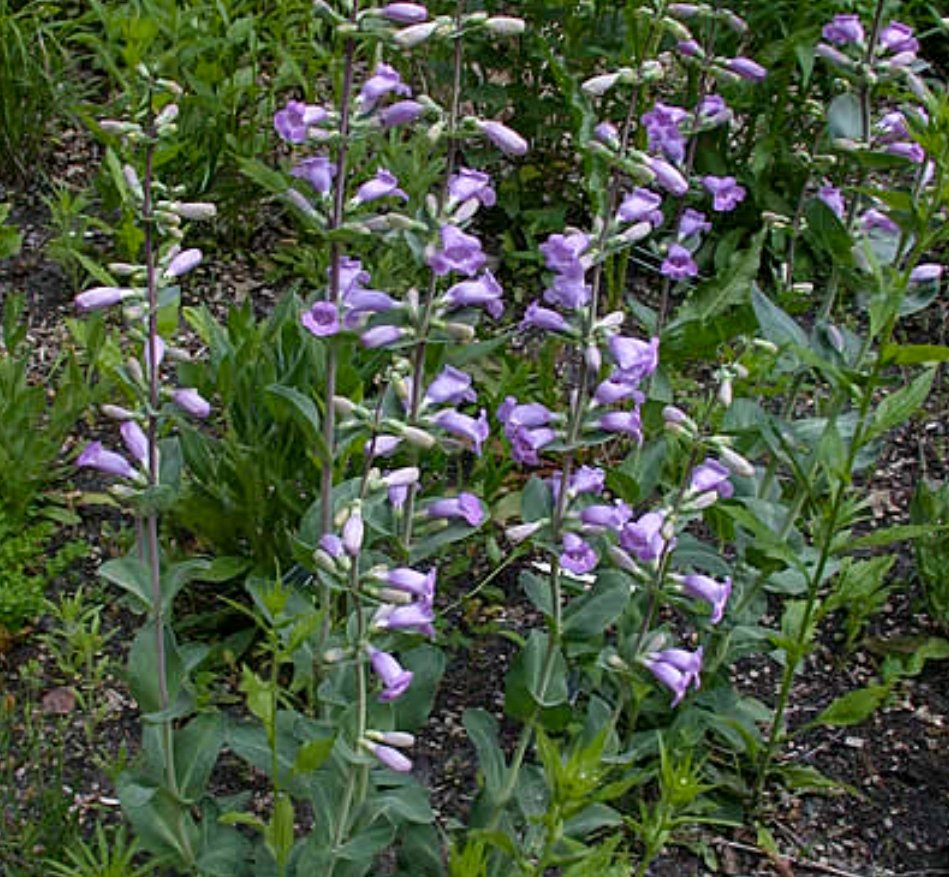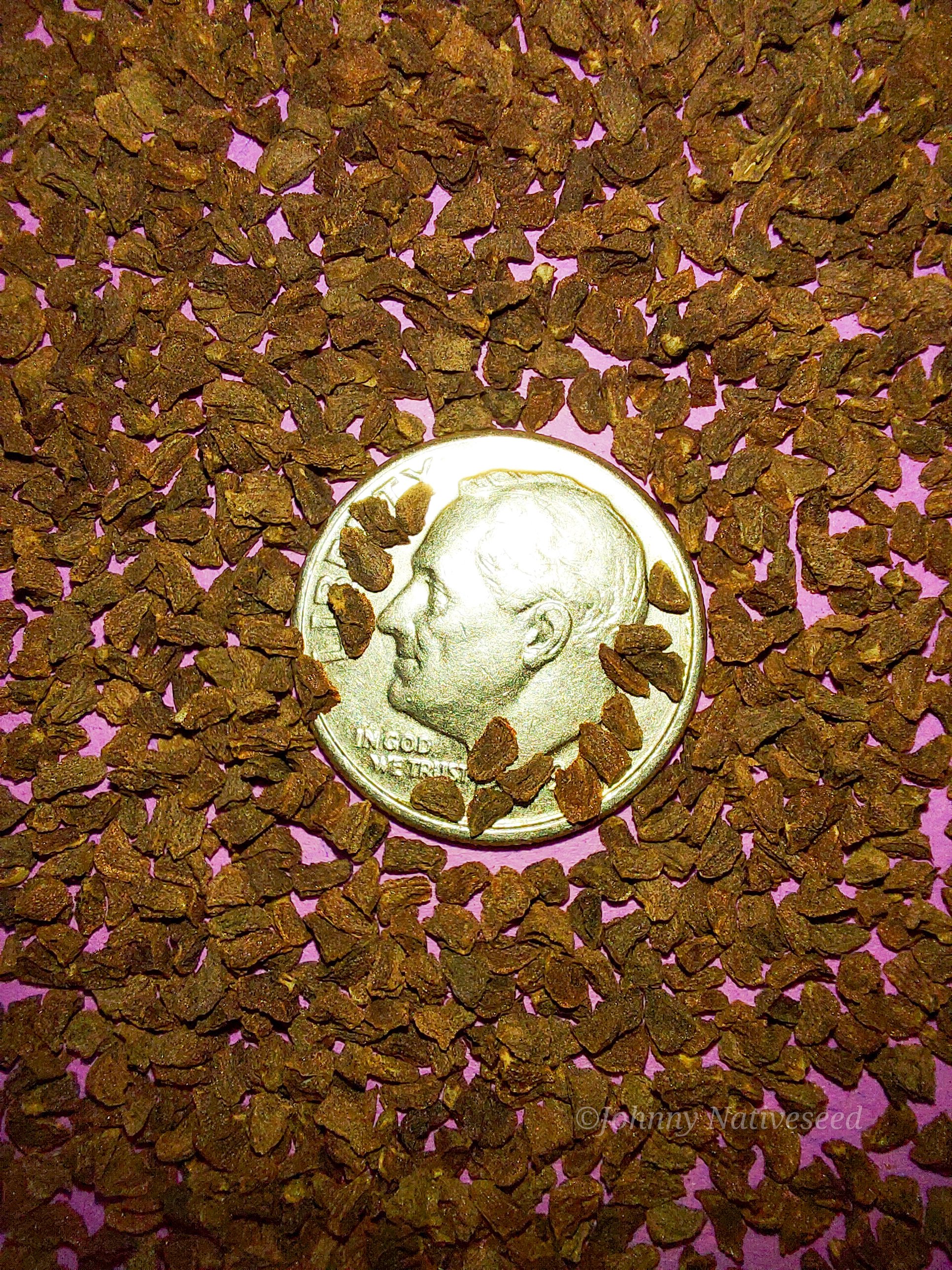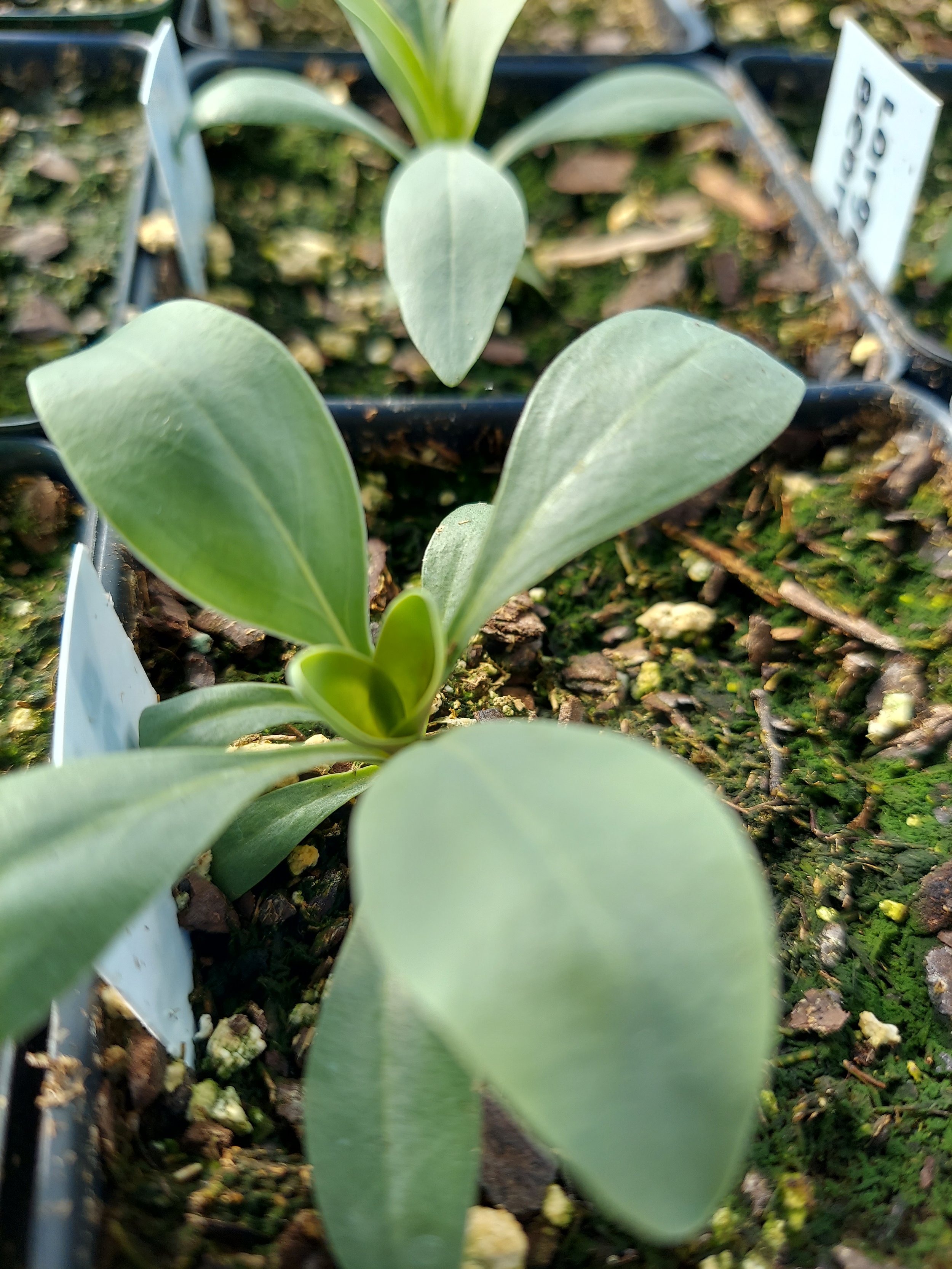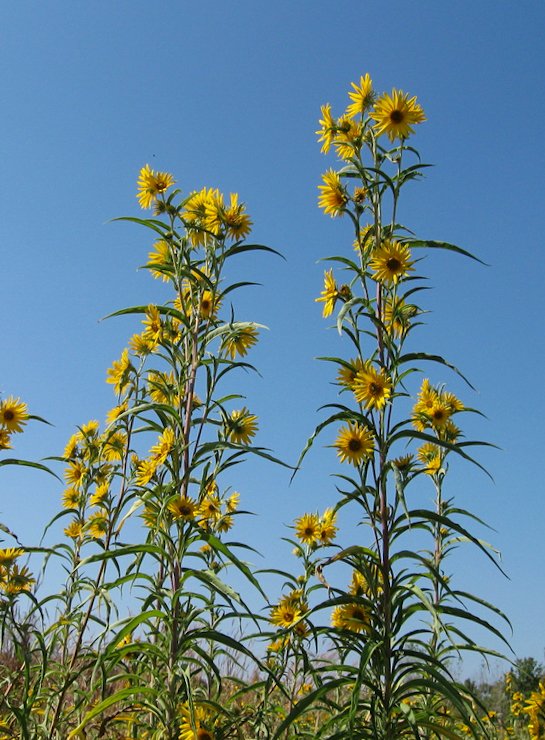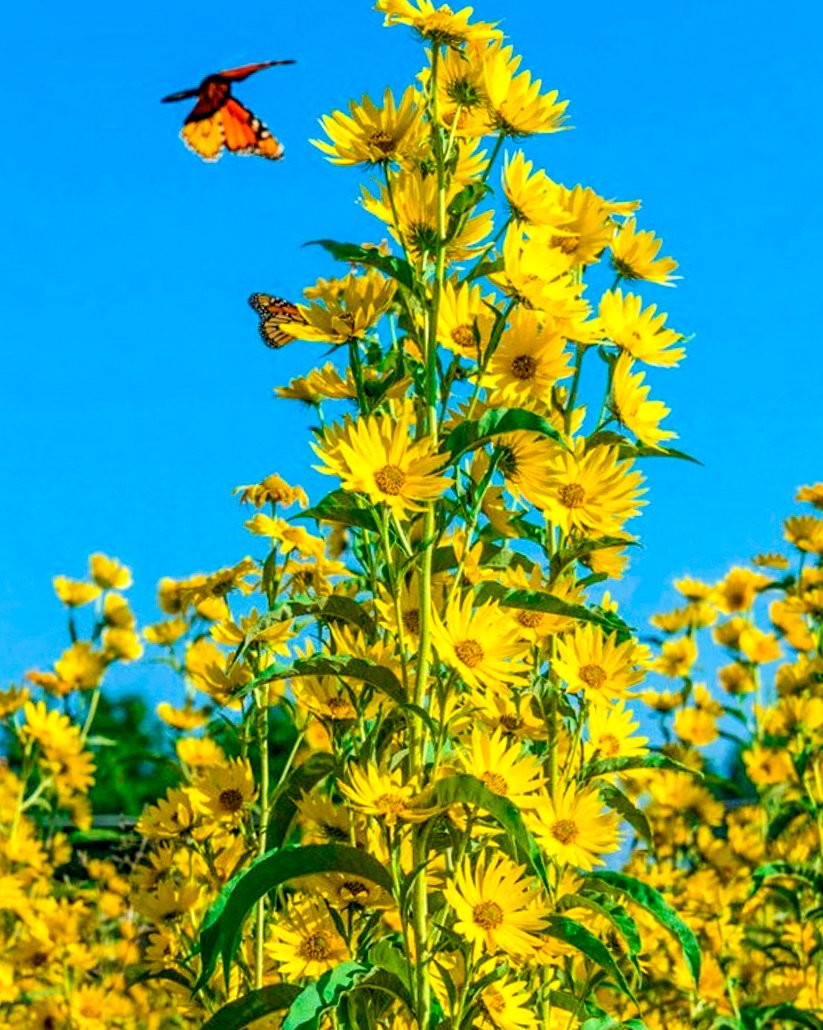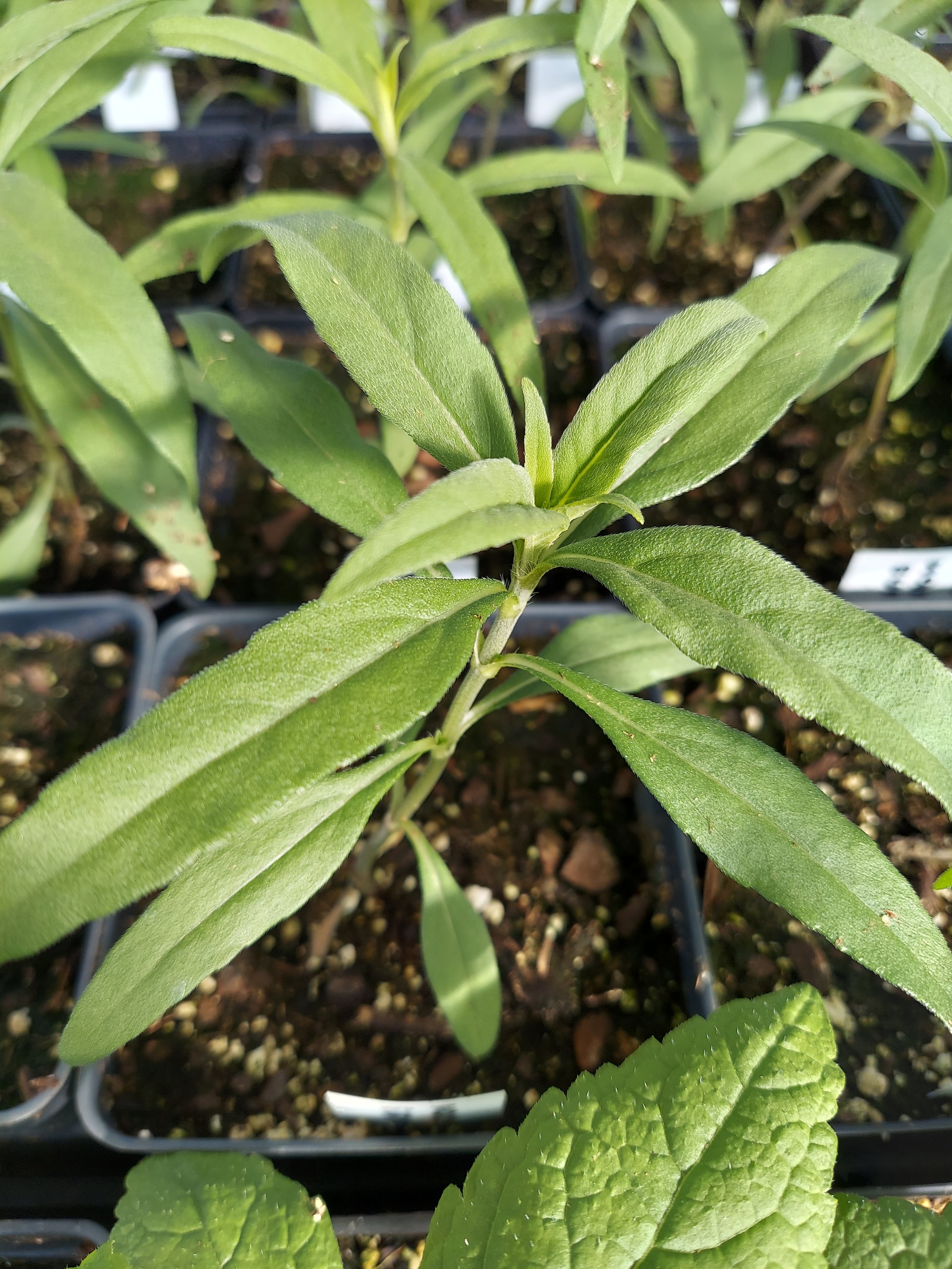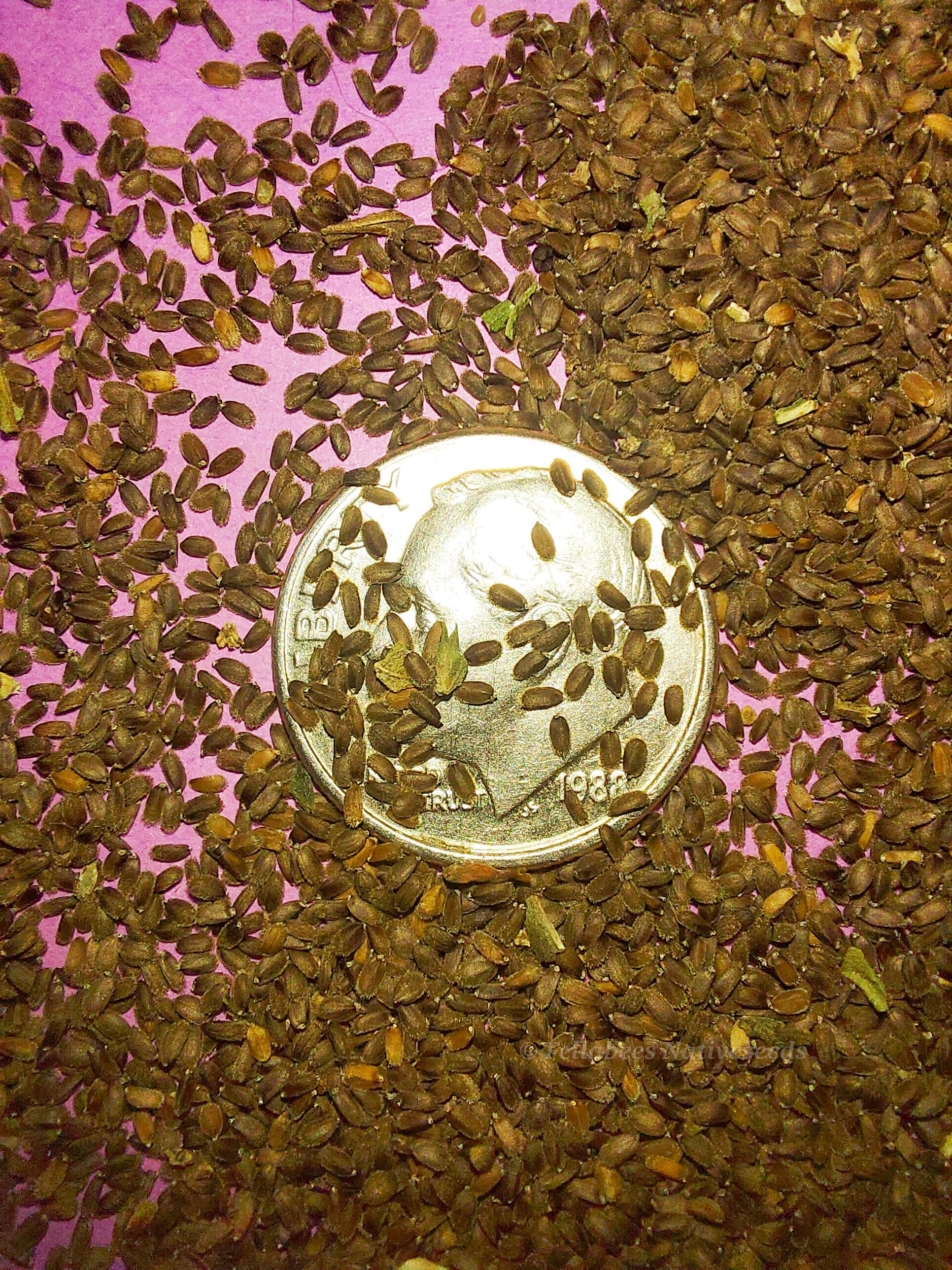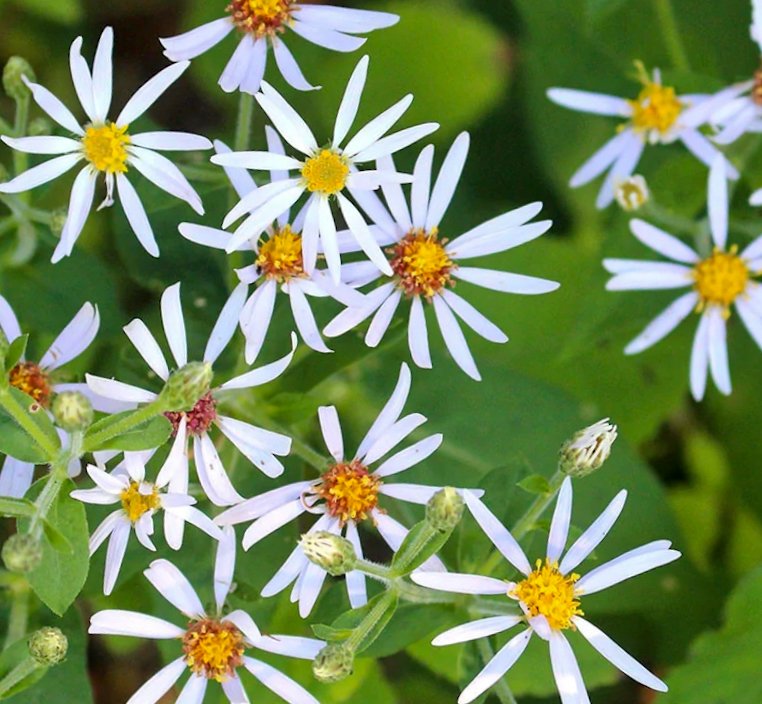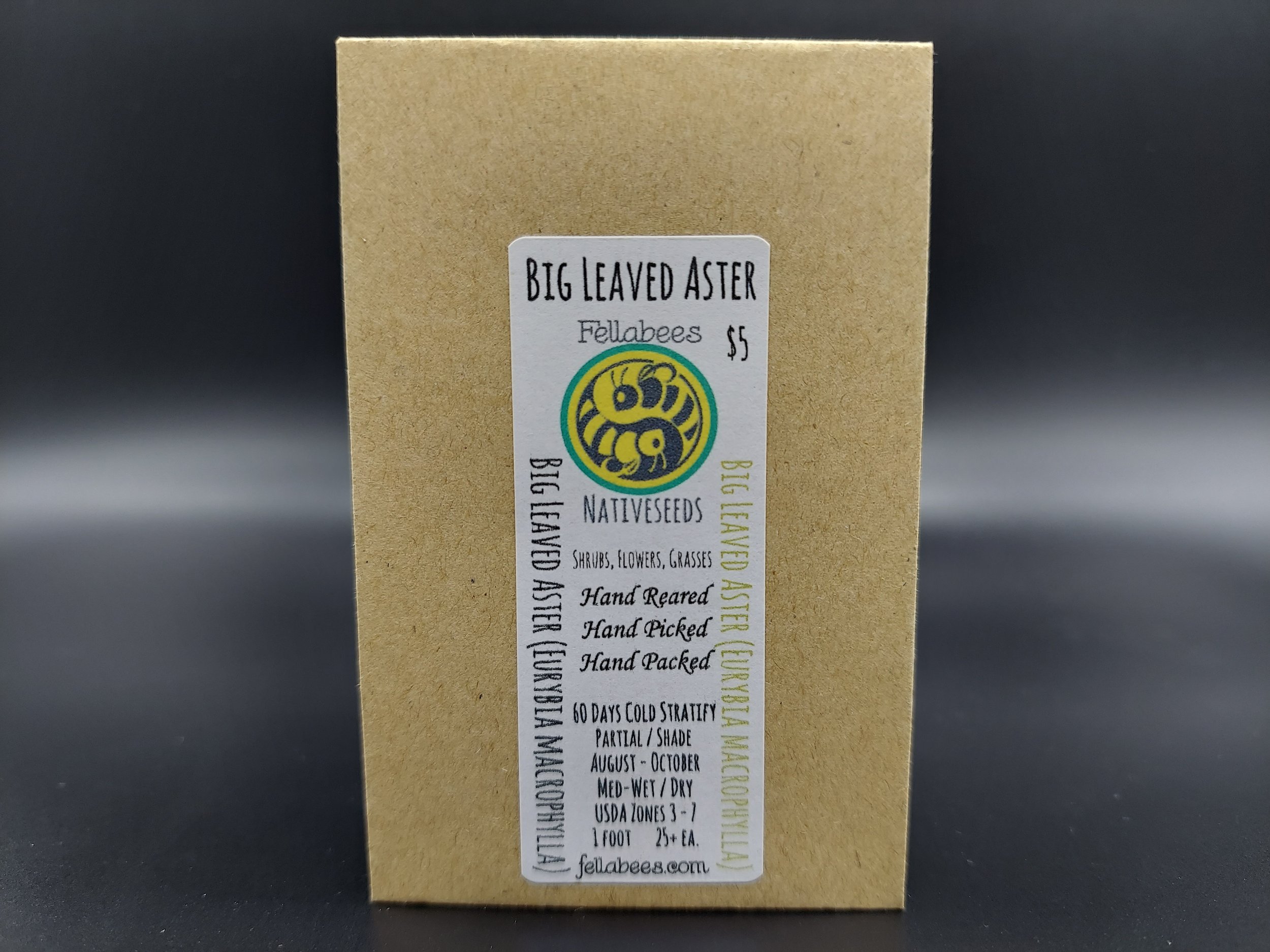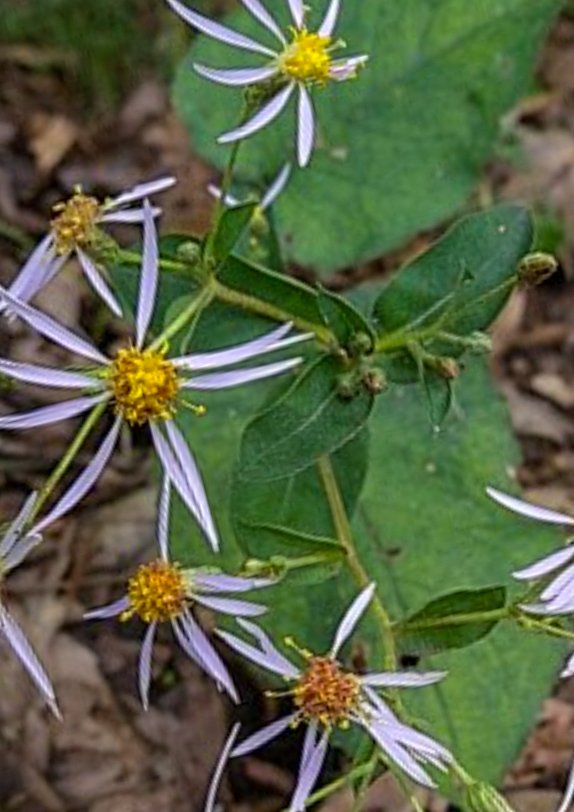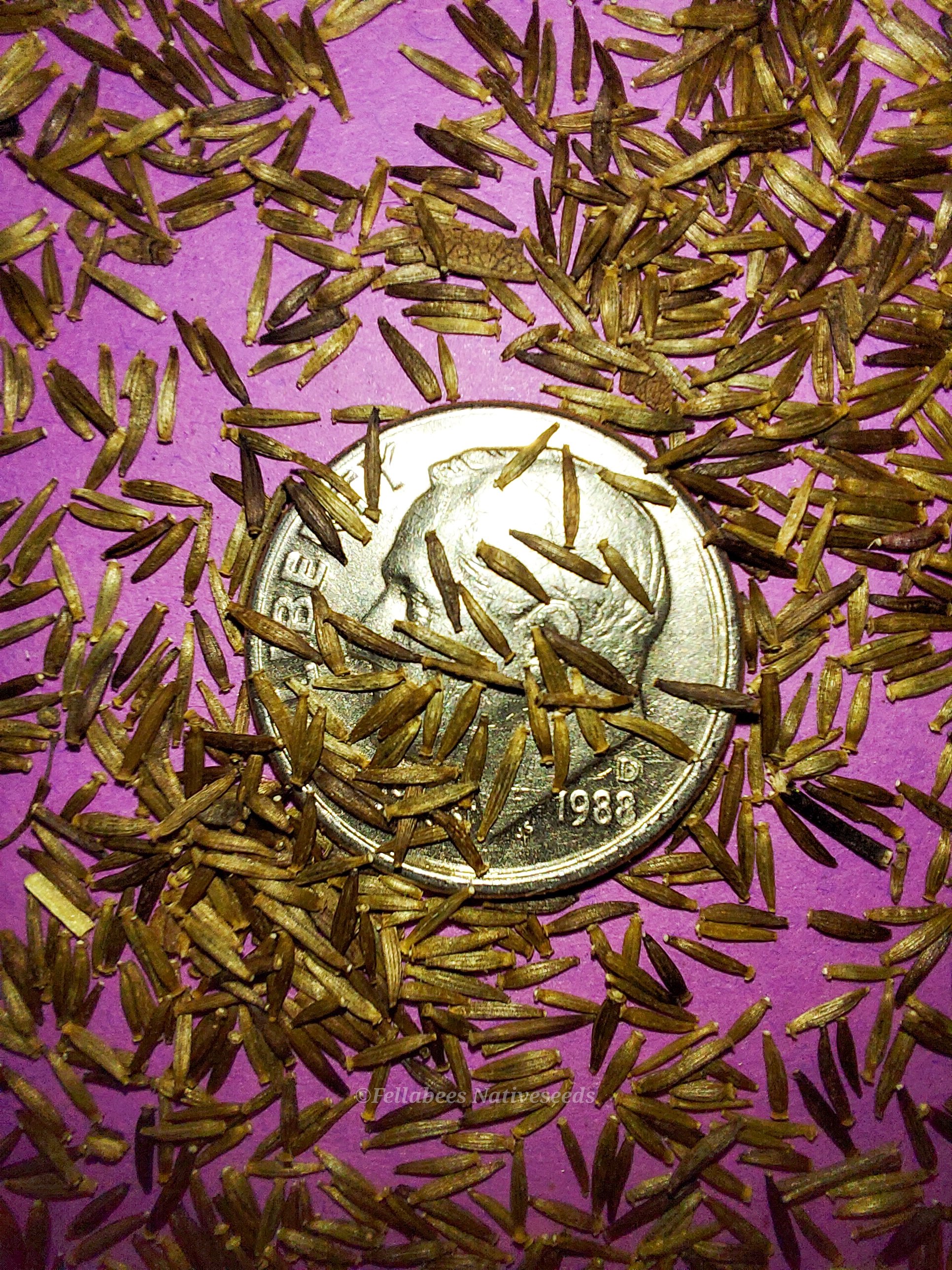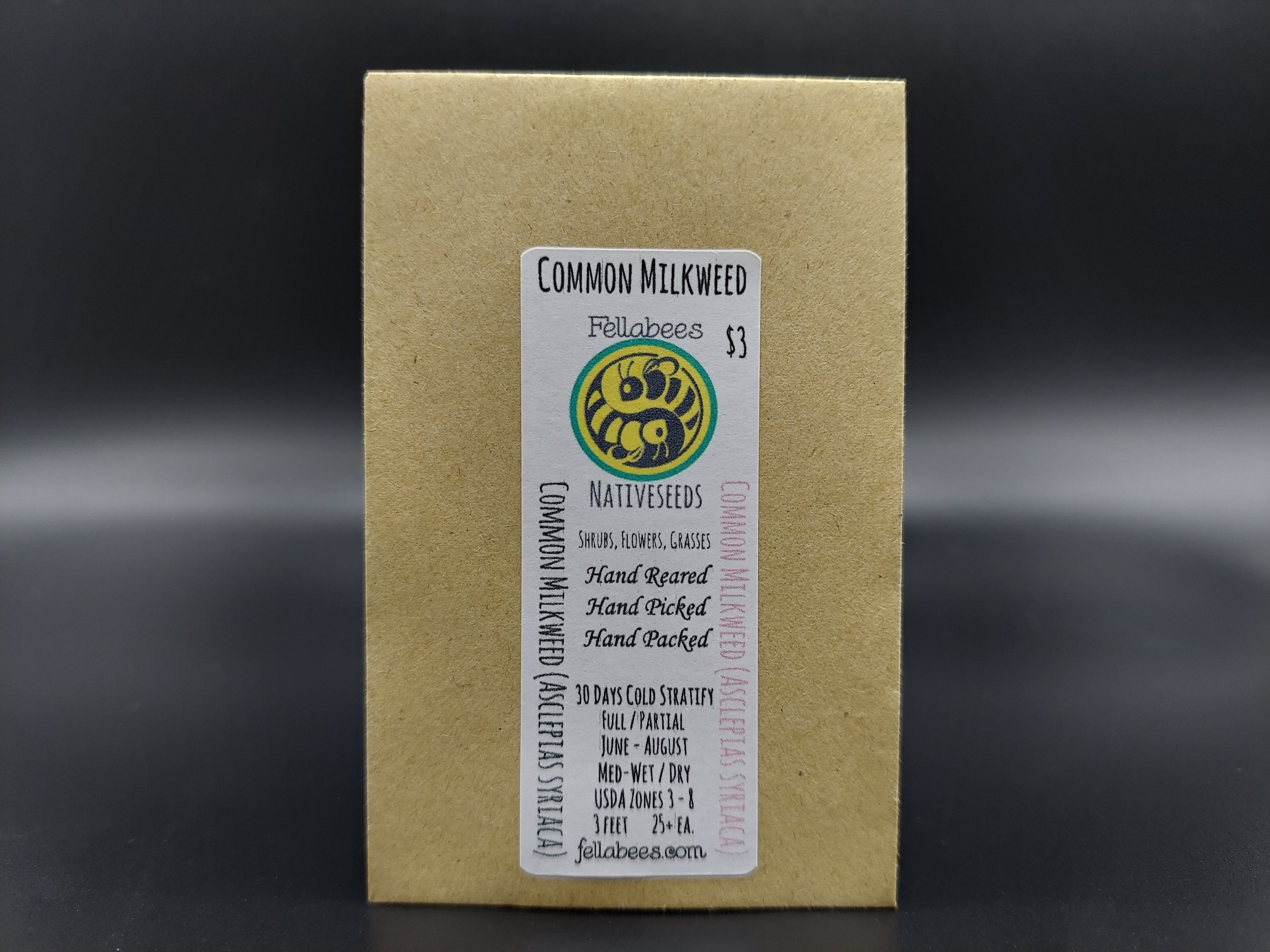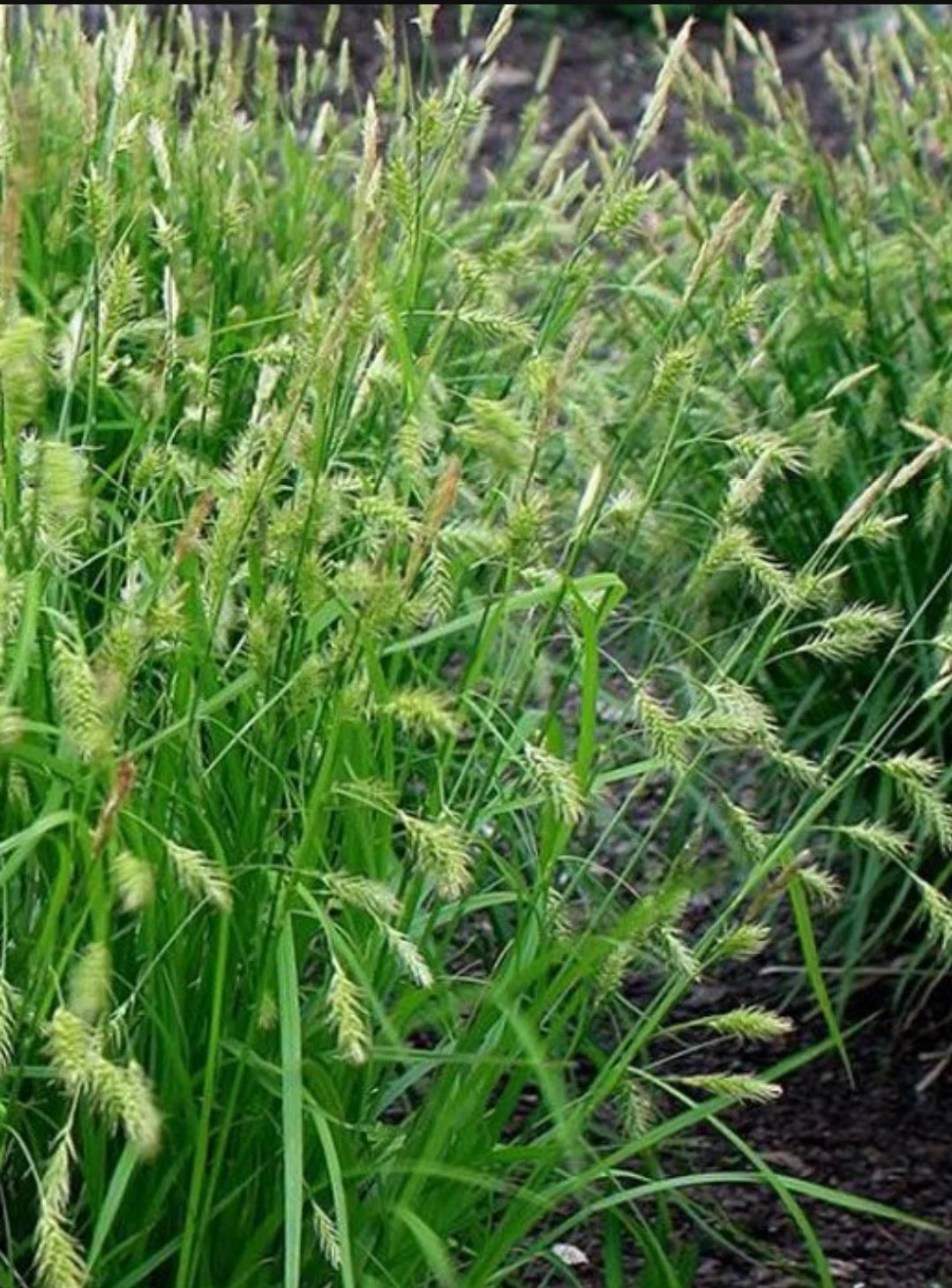 Image 1 of 6
Image 1 of 6

 Image 2 of 6
Image 2 of 6

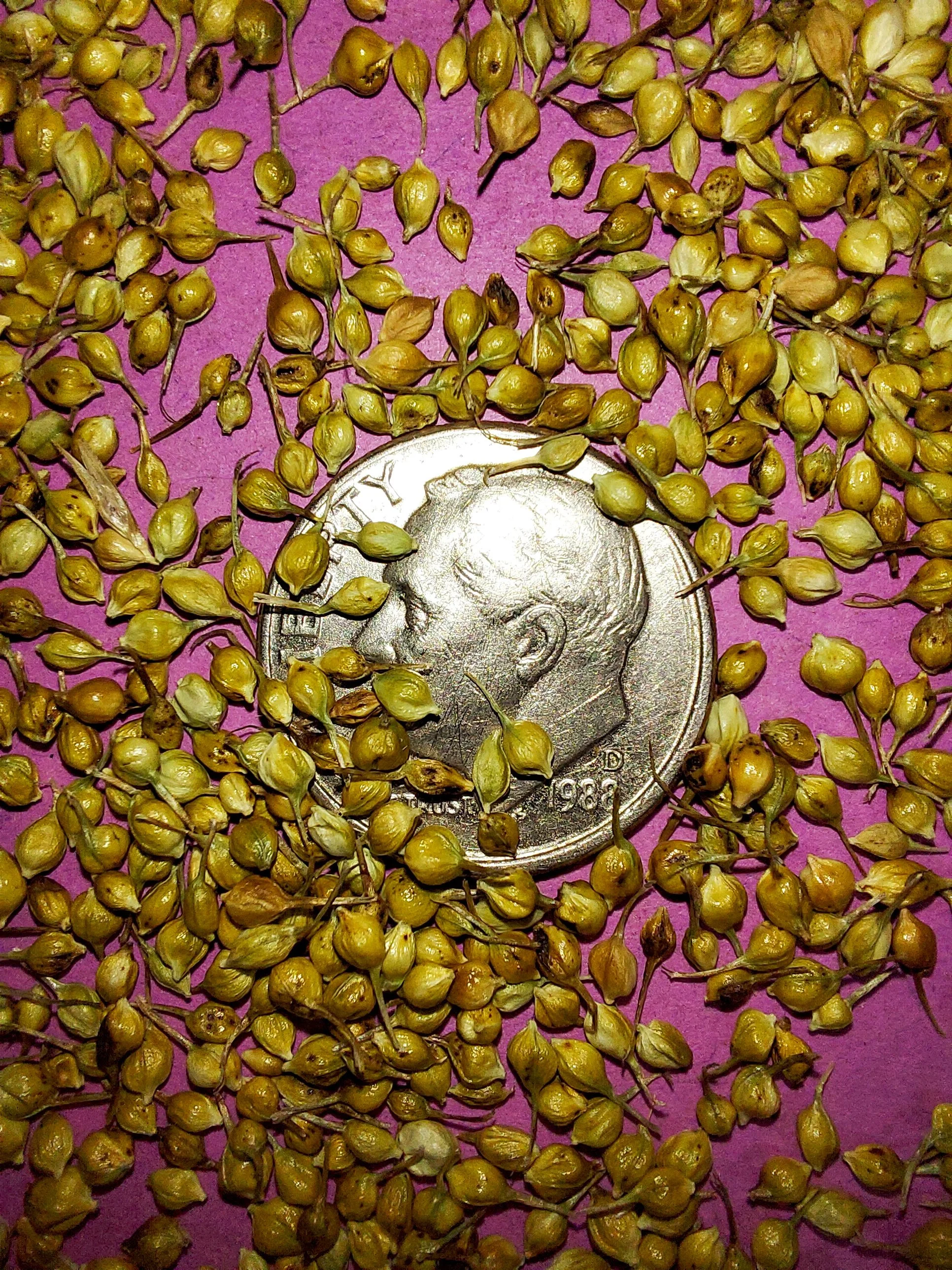 Image 3 of 6
Image 3 of 6

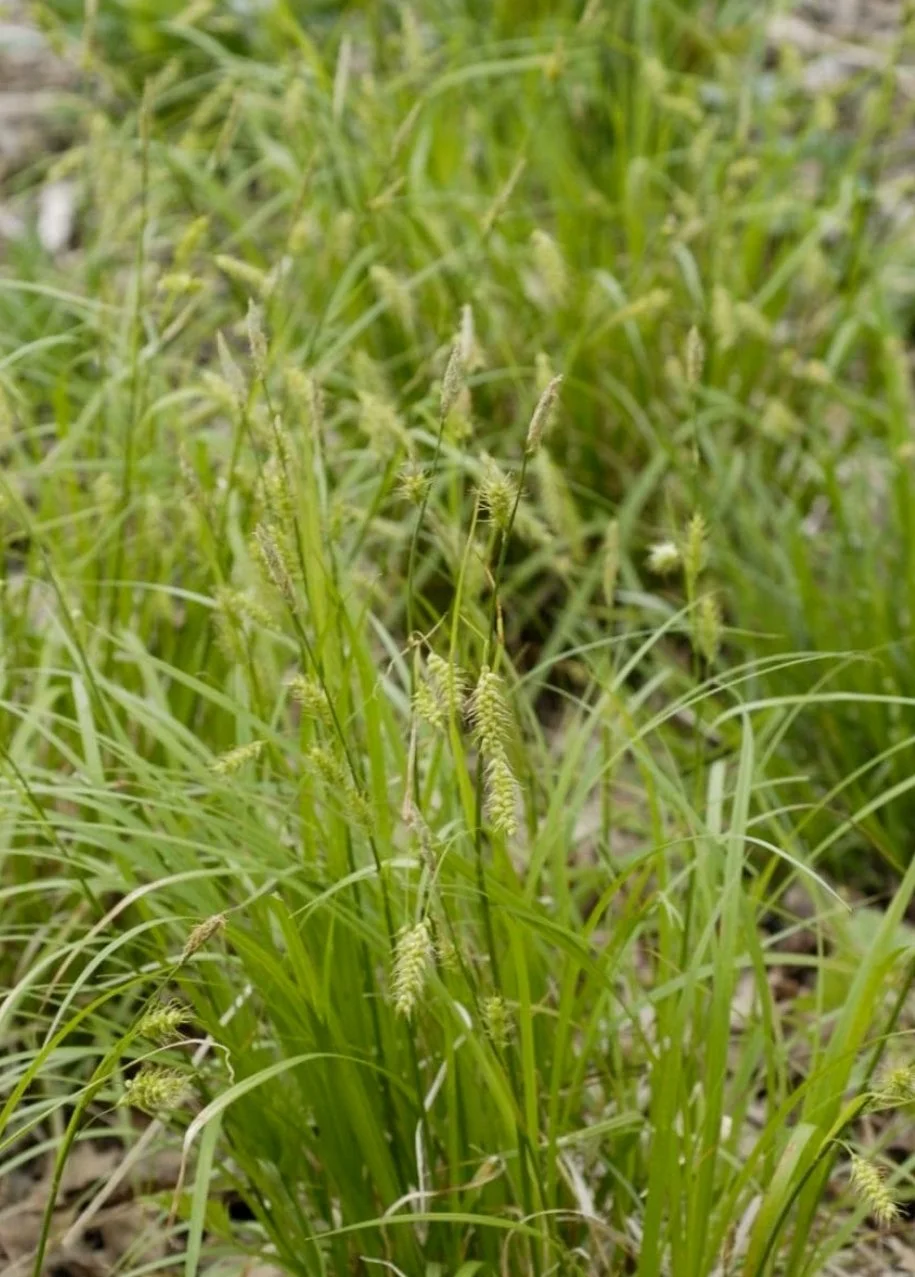 Image 4 of 6
Image 4 of 6

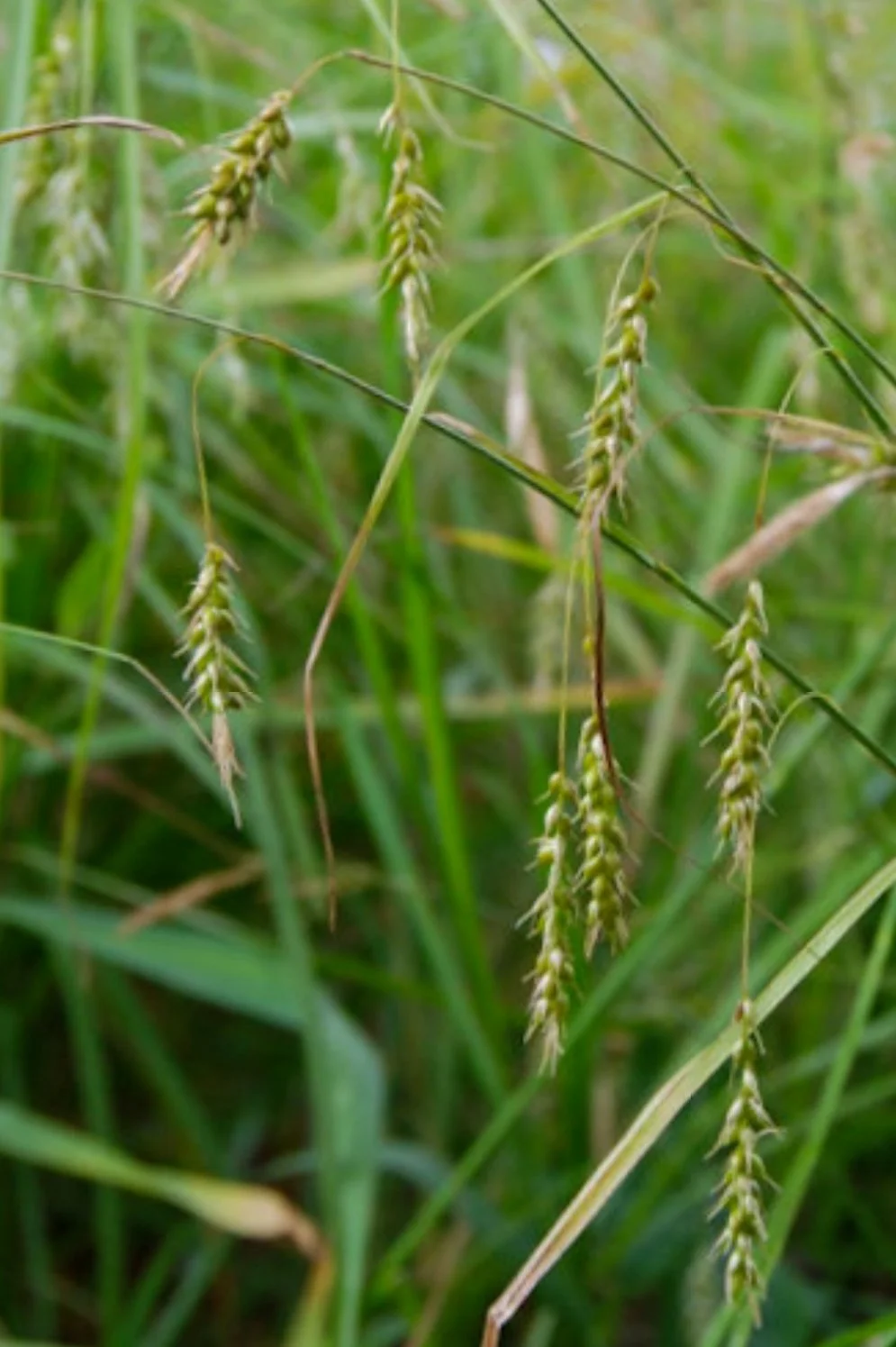 Image 5 of 6
Image 5 of 6

 Image 6 of 6
Image 6 of 6







Long-beaked Sedge (Carex sprengelii)
Long-beaked Sedge (Carex sprengelii)
Carex sprengelii is the scientific name for the species more commonly known as Long-beaked Sedge or Sprengel's Sedge. This sedge is characterized by its distinctive hanging seed heads and is native to various regions across North America. It thrives in moist, shaded habitats and plays an important role in supporting local ecosystems.
Long-beaked sedge features flowering stems, also known as culms, that range in length from 1 to 3 feet. The narrow leaves measure between 0.10 and 0.16 inches in width and are typically shorter than the flowering stems themselves. Each flowering stem carries between 1 and 4 distinct spikes of flowers. During the flowering phase, these spikes are densely clustered at the tip of the stem, creating a compact floral display. The terminal spike may be entirely male or predominantly male with a few female flowers located near its base. Every female spike contains between 10 and 40 female flowers, spaced approximately 0.04 inches apart from one another. Each individual spike is supported on its own stalk, called a pedicel, with each successive spike being shorter in length than the one before it. As the female flowers mature and develop into seeds known as achenes, the stalk supporting the spike gradually droops or nods downward. The bract that encloses each seed is characterized by a long, tapered tip or "beak," which is the distinctive feature inspiring the plant’s common name, long-beaked sedge.
As a cool season plant, Long-Beaked sedge will actively grow in the early spring and fall when the soil temperatures remain cool and favorable. This hardy sedge is naturally resistant to deer browsing, making it a reliable choice for gardens and natural areas. Additionally, it provides excellent shelter for small mammals, offering them protection and habitat. When the seeds begin to drop in autumn, they serve as an important food source for migrating songbirds, supporting local wildlife through the changing seasons.
Plant Details:
USDA Zones: 3-5
Germination Needs: Needs 60 Days Cold Moist Stratification, Cold Season Species, doing much of its growth in cooler months.
Life Cycle: Perennial
Sun Exposure: Partial, Shade
Soil Moisture: Medium-Wet, Medium, Medium-Dry
Plant Spacing: 10 - 12 inches
Height: 2 feet
Bloom time: May, June, July
Bloom Color: Green
Advantages:
Bird Favorite: seeds, insects, fruit, nectar, nesting, perchs.
Deer Resistant: Yes
Native to: Wisconsin, Minnesota, Iowa, Illinois, Indiana, Michigan, Ohio, Pennsylvania, New York, Vermont, New Hampshire, Maine, Massachusetts, Connecticut, Delaware, Missouri, Nebraska, South Dakota, North Dakota, Montana, Wyoming, Colorado, and New Mexico.
This plant is considered present but rare in several counties of the states of Ohio, Pennsylvania, Maine, Missouri, Colorado, and New Mexico.
This plant is considered to be extirpated (locally extinct) in one country of the state of Delaware.
Seed Count: 25+
.
.
Packet quantities:
We pride ourselves on ethical, hands on, ecological management, using no mechanical or chemical methods whatsoever.
All of our native seed is hand reared, hand-picked, and hand packed from native prairies under our exclusive management, never breaking chain of custody from the field until it is sent to you. Each packet is hand prepared for shipment by us, directly.
Small seed species will contain greater than 20-25 seed
Large seed species will contain greater than 10-15 seed
All packets are individually marked at the bottom of the front label with expected count, however most if not all packets will have many more than the minimum count by default.
It is our mission to spread the wealth of native plant and pollinator ecological sustainability and educate back yard gardeners as well as corporate and government entities in how to germinate, grow, and benefit from native synergies.
Thank you for your support, it is because of you, that we can grow together to do, what we do. 🐛🦋🐝🐞🌾🌱🌼🧡
Long-beaked Sedge (Carex sprengelii)
Carex sprengelii is the scientific name for the species more commonly known as Long-beaked Sedge or Sprengel's Sedge. This sedge is characterized by its distinctive hanging seed heads and is native to various regions across North America. It thrives in moist, shaded habitats and plays an important role in supporting local ecosystems.
Long-beaked sedge features flowering stems, also known as culms, that range in length from 1 to 3 feet. The narrow leaves measure between 0.10 and 0.16 inches in width and are typically shorter than the flowering stems themselves. Each flowering stem carries between 1 and 4 distinct spikes of flowers. During the flowering phase, these spikes are densely clustered at the tip of the stem, creating a compact floral display. The terminal spike may be entirely male or predominantly male with a few female flowers located near its base. Every female spike contains between 10 and 40 female flowers, spaced approximately 0.04 inches apart from one another. Each individual spike is supported on its own stalk, called a pedicel, with each successive spike being shorter in length than the one before it. As the female flowers mature and develop into seeds known as achenes, the stalk supporting the spike gradually droops or nods downward. The bract that encloses each seed is characterized by a long, tapered tip or "beak," which is the distinctive feature inspiring the plant’s common name, long-beaked sedge.
As a cool season plant, Long-Beaked sedge will actively grow in the early spring and fall when the soil temperatures remain cool and favorable. This hardy sedge is naturally resistant to deer browsing, making it a reliable choice for gardens and natural areas. Additionally, it provides excellent shelter for small mammals, offering them protection and habitat. When the seeds begin to drop in autumn, they serve as an important food source for migrating songbirds, supporting local wildlife through the changing seasons.
Plant Details:
USDA Zones: 3-5
Germination Needs: Needs 60 Days Cold Moist Stratification, Cold Season Species, doing much of its growth in cooler months.
Life Cycle: Perennial
Sun Exposure: Partial, Shade
Soil Moisture: Medium-Wet, Medium, Medium-Dry
Plant Spacing: 10 - 12 inches
Height: 2 feet
Bloom time: May, June, July
Bloom Color: Green
Advantages:
Bird Favorite: seeds, insects, fruit, nectar, nesting, perchs.
Deer Resistant: Yes
Native to: Wisconsin, Minnesota, Iowa, Illinois, Indiana, Michigan, Ohio, Pennsylvania, New York, Vermont, New Hampshire, Maine, Massachusetts, Connecticut, Delaware, Missouri, Nebraska, South Dakota, North Dakota, Montana, Wyoming, Colorado, and New Mexico.
This plant is considered present but rare in several counties of the states of Ohio, Pennsylvania, Maine, Missouri, Colorado, and New Mexico.
This plant is considered to be extirpated (locally extinct) in one country of the state of Delaware.
Seed Count: 25+
.
.
Packet quantities:
We pride ourselves on ethical, hands on, ecological management, using no mechanical or chemical methods whatsoever.
All of our native seed is hand reared, hand-picked, and hand packed from native prairies under our exclusive management, never breaking chain of custody from the field until it is sent to you. Each packet is hand prepared for shipment by us, directly.
Small seed species will contain greater than 20-25 seed
Large seed species will contain greater than 10-15 seed
All packets are individually marked at the bottom of the front label with expected count, however most if not all packets will have many more than the minimum count by default.
It is our mission to spread the wealth of native plant and pollinator ecological sustainability and educate back yard gardeners as well as corporate and government entities in how to germinate, grow, and benefit from native synergies.
Thank you for your support, it is because of you, that we can grow together to do, what we do. 🐛🦋🐝🐞🌾🌱🌼🧡
